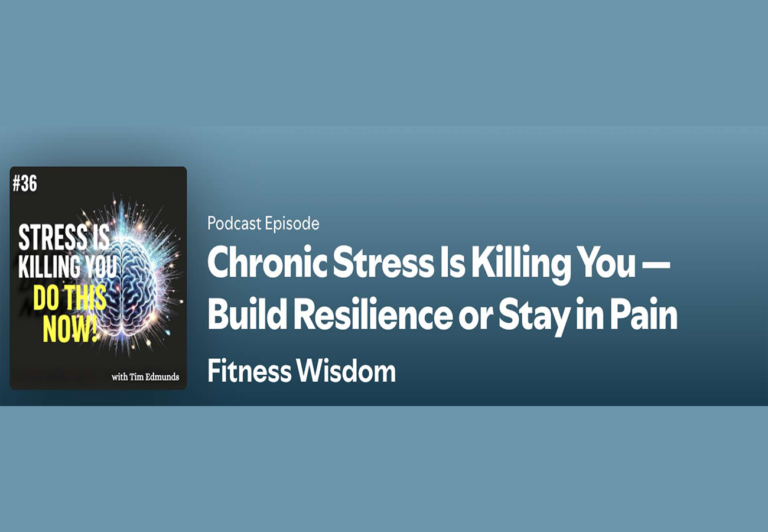Problems begin and end with communication
The Hierarchy of Communication: From Text to Face-to-FaceIn today’s digital age, we have a plethora of communication methods at our fingertips. From the quick text or DM to the traditional face-to-face conversation, each mode has its own strengths and weaknesses. Let’s dive into a ranking of the top 5 forms of communication, starting from the least effective to the most.
5) Text or DM
While texting or direct messaging is undeniably convenient and quick, it’s also the most prone to misinterpretation. The lack of vocal tone, facial expressions, and immediate feedback can lead to misunderstandings. Emojis can help, but they’re no substitute for the nuances of human expression.
4) Email
Emails are a step up from texting in terms of formality and structure. They allow for more detailed explanations and are great for documentation. However, they still lack the immediacy of real-time conversation and can be easily ignored or lost in a crowded inbox.
3) Voice Note
Voice notes combine the convenience of texting with the personal touch of hearing someone’s voice. They allow for tone and emphasis, reducing the chances of misinterpretation. However, they’re still asynchronous, meaning there’s a delay between when the message is sent and when it’s received.
2) Phone Call
Phone calls offer real-time conversation without the need for physical presence. They allow for immediate feedback, clarification, and the warmth of human interaction. The main drawback? They still lack the visual cues that come with face-to-face interactions.
1) Face-to-Face Conversation
The gold standard of communication. Nothing beats the depth and richness of a face-to-face conversation. It offers the full spectrum of human interaction – words, tone, facial expressions, body language, and immediate feedback. It fosters genuine connection, understanding, and empathy.In conclusion, while technology offers us numerous ways to communicate, it’s essential to choose the method that best fits the situation and the relationship. Sometimes, a quick text is all you need. But for deeper, more meaningful interactions, nothing beats the power of face-to-face conversation



